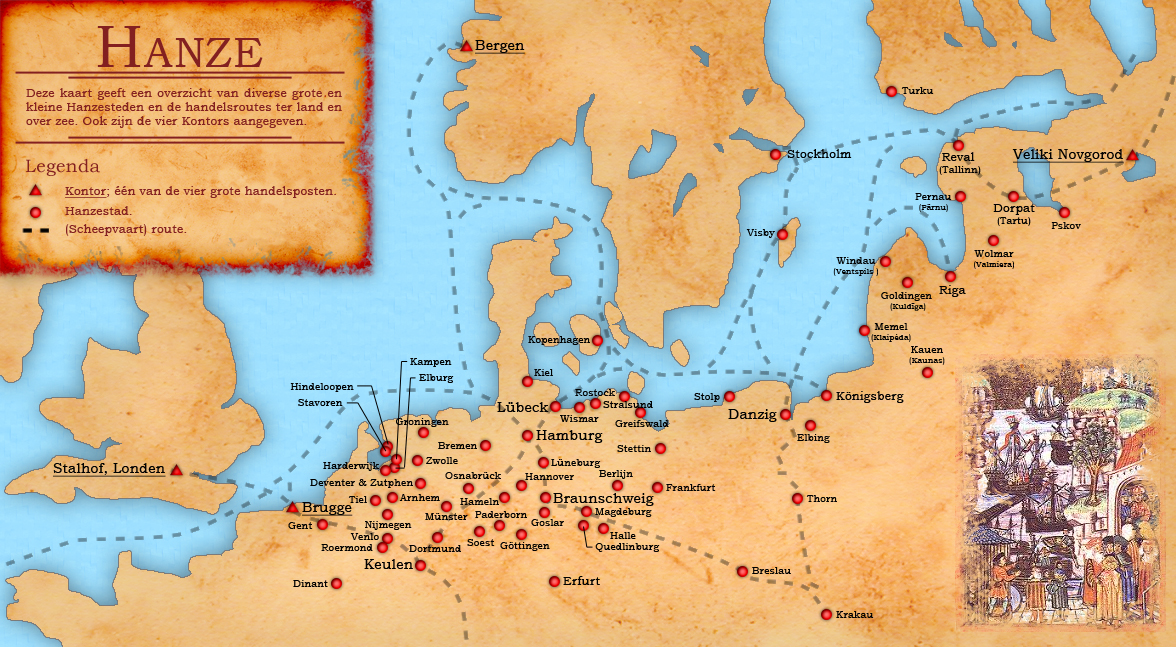Childhood
Although the population of the Duchy in the latter half of the 13th century was overwhelmingly German (about 80%) the viceroy who ruled the Duchy in the name of the King of Denmark was either a Dane or of Danish-Estonian nationality. In 1332 the King of Denmark Christopher II died and plunged his realm into chaos. The Duchy of Estonia became divided into a pro-Danish and a pro-German party. The native Estonians did try to rid themselves from both (St. George’s Night Uprising in 1343) but they were defeated by the Teutonic Order. A few days after the Estonian downfall , the Danish government of Reval (Tallinn) was overthrown too by the pro-German party and the city was handed over to the German order. Three years later Denmark was forced to completely renounce its rights to the Duchy and sell it to the Teutonic Order. Tallinn would officially be a German city for the next 200 years.
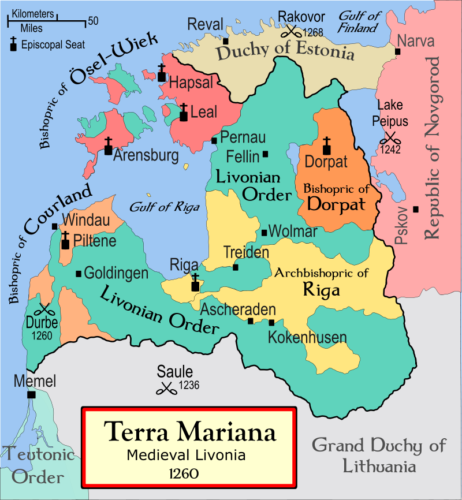

At the time of the German takeover the population of the twin city is estimated to about 1000 people in total. The German order had both the political and military power. The two soon proved to be the main pillars for the growth of local trade that was also aided by the fact that most transactions were conducted in German language, something that helped transactions with the rest of the German-speaking cities. The city castle was expanded, the defensive moats were widened and a series of new defensive towers like the Pikk Hermann surrounded what we today know as the old town of Tallinn. The Duchy was governed by the Master of the Order who was stationed in the castle and the city by the town council, a group of the most influential and richest residents, mostly merchants who had come from Westphalia and Rhineland.
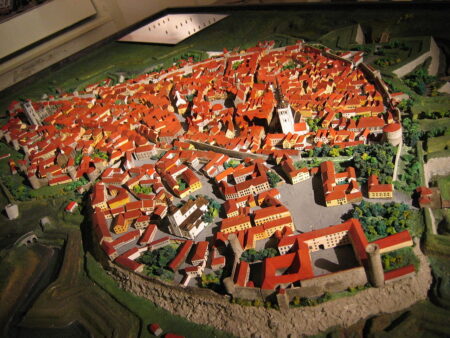
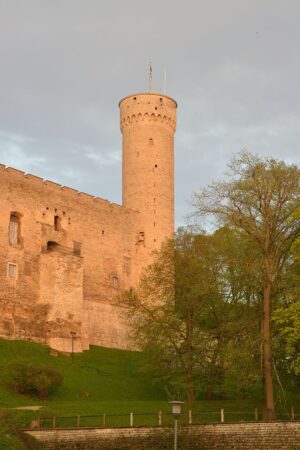
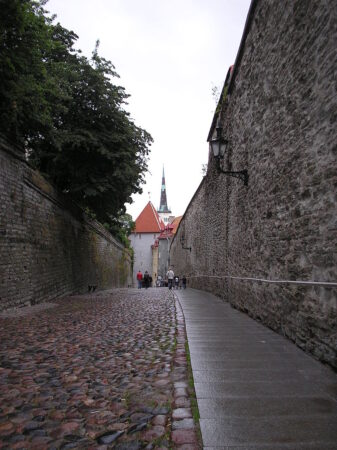
When the town of Visby was taken by the Danes its ties with the Hanseatic League were severed and the role of Tallinn was further upgraded. Salt, grain and wine from the south was delivered through the port of Tallinn to Finland and Russia, metals, wood and fish went the other way round. Although the number of native Estonians started to increase as the need for working hands grew, the majority leaved outside the city walls. They would preserve their language and culture despite their exclusion from the administration.
